Home>Garden Essentials>How Long Does English Lavender To Germinate
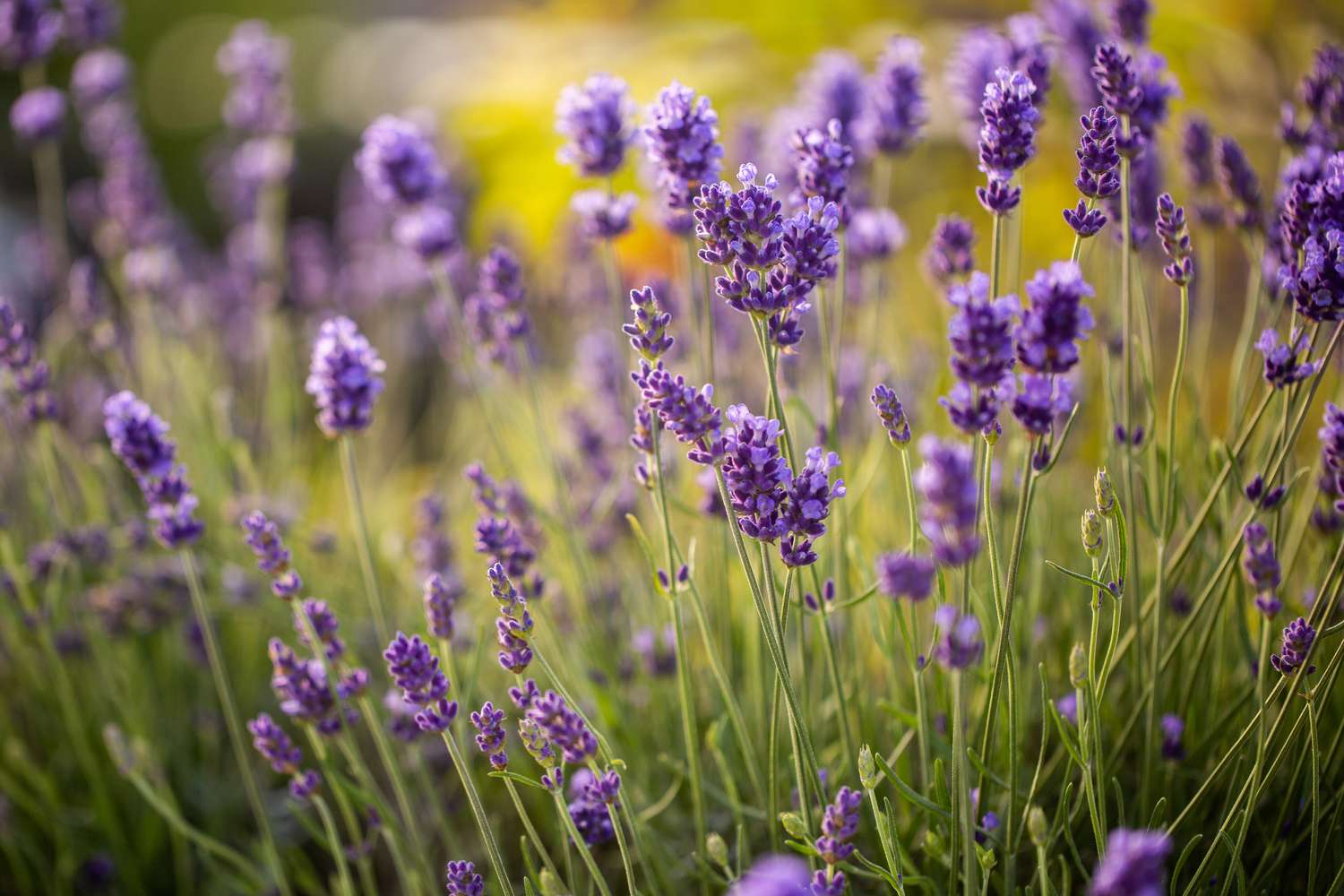

Garden Essentials
How Long Does English Lavender To Germinate
Modified: March 15, 2024
Learn how long it takes for English lavender to germinate in your garden. Find out the ideal conditions for successful germination.
(Many of the links in this article redirect to a specific reviewed product. Your purchase of these products through affiliate links helps to generate commission for Storables.com, at no extra cost. Learn more)
Introduction
Welcome to the world of gardening! If you have recently acquired English lavender seeds and are eager to see them sprout into beautiful plants, you may be wondering how long it will take for them to germinate. Germination is the process by which a seed starts to develop into a new plant. Understanding the factors that affect germination and providing the ideal conditions can significantly increase your chances of success.
English lavender, also known as Lavandula angustifolia, is a popular herb often used for its aromatic properties and ornamental value. Its delicate purple flowers and soothing fragrance make it a favorite among gardeners and herbal enthusiasts. To successfully grow English lavender from seeds, it is important to understand the germination process and the conditions necessary for its success.
In the following sections, we will explore the factors that can influence the germination of English lavender seeds and discuss the ideal conditions for promoting their growth. We will also delve into the expected timeframe for germination and provide tips for speeding up the process. So, let’s dive in and discover the secrets of germinating English lavender seeds!
Now that we have set the stage, let’s explore the factors that can affect the germination of English lavender seeds.
Key Takeaways:
- English lavender seeds need warmth, light, and moisture to sprout. Patience is key as they can take 14-30 days to germinate. Quality seeds and proper soil conditions also play a crucial role.
- To speed up germination, try pre-soaking, stratification, and providing bottom heat. Consistent care and natural germination boosters can also help. Enjoy the process and be patient as each seed has its own timeline.
Read more: How Long For Lavender To Germinate
Factors Affecting Germination of English Lavender Seeds
The germination of English lavender seeds can be influenced by various factors. Understanding these factors will help you create the optimal conditions for successful seed germination. Let’s take a look at some of the key factors:
1. Temperature: English lavender seeds require the right temperature range for germination. The ideal temperature for germination is around 70 to 75 degrees Fahrenheit (21 to 24 degrees Celsius). Higher temperatures can hinder germination, while lower temperatures can significantly slow it down or even prevent it altogether.
2. Moisture: Adequate moisture is essential for seed germination. English lavender seeds need consistent moisture in the germination medium to sprout. However, excessive moisture can lead to rot or fungal infections. Maintain a balance by providing a moist but not saturated environment for the seeds.
3. Light: English lavender seeds are known as light-dependent germinators. This means that they require exposure to light for proper germination. Ensure that the seeds are not buried too deep in the germination medium, as they need access to light to trigger the germination process.
4. Seed Quality: The quality of the seeds plays a crucial role in germination success. Choose high-quality seeds from reputable sources to increase the chances of successful germination. Fresh seeds will have a higher germination rate compared to older seeds.
5. Seed Treatment: Some gardeners opt to use seed treatments to enhance germination rates. Stratifying the seeds, which involves subjecting them to a period of cold temperatures, can help break seed dormancy and promote germination. Scarification, which involves scratching the seed coat, can also improve germination by allowing water to penetrate the seed more easily.
6. Soil Conditions: The soil conditions in which the seeds are planted can impact germination. English lavender prefers well-drained soil with a slightly alkaline pH between 6.5 and 8.0. Loosen the soil and remove any debris or stones before sowing the seeds.
By understanding and carefully managing these factors, you can significantly increase the chances of successful germination for your English lavender seeds. In the next section, we will discuss the ideal conditions for germinating English lavender seeds.
Ideal Conditions for Germinating English Lavender Seeds
Creating the ideal conditions for germinating English lavender seeds is essential to ensure successful germination and promote healthy plant growth. Here are some factors to consider when providing the optimal conditions:
1. Germination Medium: Choose a well-draining germination medium for your English lavender seeds. A mixture of equal parts seed-starting mix and perlite or vermiculite works well. This will provide good airflow and prevent waterlogging, which can lead to rot.
2. Temperature: Maintain a consistent temperature range of 70 to 75 degrees Fahrenheit (21 to 24 degrees Celsius) for germinating English lavender seeds. You can achieve this by using a propagation mat or placing the seed tray in a warm and well-lit area of your home.
3. Moisture: Proper moisture levels are crucial for germination. Moisten the germination medium before sowing the seeds, ensuring it is damp but not soaking wet. Mist the seeds lightly with water after sowing and cover the tray with a plastic dome or plastic wrap to help retain moisture.
4. Light: English lavender seeds require exposure to light for germination. After sowing the seeds, place the tray in a location where it will receive bright, indirect light. Avoid placing the seeds in direct sunlight, as this can cause excessive heat and dry out the germination medium.
5. Patience: English lavender seeds can take anywhere from 14 to 30 days to germinate, sometimes even longer. It’s important to be patient and consistently provide the ideal conditions while waiting for the seeds to sprout. Avoid disturbing the seeds or the germination tray during this time.
Remember to monitor the moisture levels regularly and adjust as needed to maintain the ideal conditions. Check the germination medium for dryness and mist with water if it starts to dry out.
By following these guidelines and providing the ideal conditions, you will optimize the chances of successful germination for your English lavender seeds. In the next section, we will explore the typical timeframe for germination of English lavender seeds.
English lavender seeds typically take 14-28 days to germinate. To improve germination, keep the soil consistently moist and provide warmth by placing the seeds in a sunny location or using a heat mat.
Germination Timeframe for English Lavender Seeds
The germination timeframe for English lavender seeds can vary, and it’s important to be patient during the germination process. On average, English lavender seeds take approximately 14 to 30 days to germinate, but it can sometimes take longer. Several factors can affect the germination timeframe, including temperature, moisture, light, and seed quality.
Temperature plays a significant role in the germination process. Higher temperatures within the ideal range of 70 to 75 degrees Fahrenheit (21 to 24 degrees Celsius) can promote faster germination. On the other hand, lower temperatures may slow down the germination process. Consistently maintaining the appropriate temperature throughout the germination period will yield better results.
Moisture is also crucial for successful germination. English lavender seeds need consistent moisture in the germination medium to trigger the germination process. Be mindful of not overwatering, as excessive moisture can lead to rot or fungal diseases. It’s recommended to lightly mist the seeds after sowing and cover the tray to retain moisture.
Light is another important factor. English lavender seeds are light-dependent germinators, meaning they need exposure to light to initiate germination. Ensure that the seeds are not buried too deep in the germination medium, as they require access to light. Placing the germination tray in a well-lit area with bright, indirect light will provide the necessary conditions for successful germination.
The quality of the seeds can also affect the germination timeframe. Using fresh, high-quality seeds from reputable sources increases the likelihood of successful and timely germination. Older seeds may have a reduced germination rate and may take longer to sprout.
It’s essential to keep in mind that germination can be a gradual process, and not all seeds will sprout at the same time. Some English lavender seeds may germinate earlier, while others may take a bit longer. It’s important to maintain the ideal conditions and provide sufficient time for all the seeds to go through the germination process.
Patience is key when germinating English lavender seeds. Continue to monitor the moisture levels, temperature, and light exposure, and resist the urge to disturb the seeds or the germination tray. With the right conditions and care, your English lavender seeds will eventually sprout into beautiful plants.
In the next section, we will provide some helpful tips for speeding up the germination process of English lavender seeds.
Tips for Speeding up Germination of English Lavender Seeds
While the germination process of English lavender seeds can take some time, there are several tips and techniques you can employ to help speed up the process. By following these tips, you can increase the germination rate and see your lavender seeds sprout into plants more quickly:
1. Pre-Soaking: Pre-soaking the English lavender seeds for 24 hours before sowing can help soften the seed coat and promote faster germination. Place the seeds in a bowl of room temperature water and allow them to soak before transferring them to the germination medium.
2. Stratification: Stratifying the seeds can be beneficial to break seed dormancy and promote faster germination. This process involves subjecting the seeds to a period of cold temperatures to simulate winter conditions. Place the seeds in a sealed plastic bag with some damp paper towels and refrigerate them for about two weeks before sowing.
3. Bottom Heat: Providing bottom heat to the germination tray can help speed up the germination process. You can use a propagation heat mat specifically designed for seed starting. The gentle warmth will create a favorable environment for the seeds to sprout more quickly.
4. Optimal Moisture: Maintaining the right moisture level is crucial for speeding up germination. Ensure the germination medium is consistently moist but not overly saturated. Using a plastic dome or plastic wrap to cover the tray helps retain moisture and creates a mini greenhouse effect for faster germination.
5. Adequate Light: While English lavender seeds require light to germinate, it’s important to provide the right amount of light without subjecting the seeds to direct sunlight. Place the germination tray in a well-lit area with bright, indirect light. Consider using a grow light if you don’t have access to sufficient natural light.
6. Germination Booster: You can use natural germination boosters such as seaweed extract or diluted chamomile tea to enhance the germination rate. These additives contain beneficial nutrients that can stimulate seed growth and improve germination speed.
7. Patience and Consistency: Even with the right techniques, it’s essential to remain patient and consistent. Each seed has its own timeline for germination, and some may sprout earlier than others. Continue to provide the ideal conditions and resist the temptation to disturb the germination tray.
By implementing these tips, you can give your English lavender seeds a head start and promote faster germination. However, it’s important to note that the germination timeframe can still vary, and some seeds may take longer to sprout. Be persistent and provide the necessary care to give your lavender seeds the best chance of success.
In the next section, we will conclude our discussion and summarize the key points about germinating English lavender seeds.
Read more: How To Germinate English Oaks
Conclusion
Germinating English lavender seeds can be a rewarding process that allows you to witness the transformation of tiny seeds into beautiful plants. By understanding the factors that influence germination and providing the ideal conditions, you can improve the success rate and speed up the germination process.
Temperature, moisture, light, seed quality, and soil conditions all play a vital role in germination success. Maintaining a consistent temperature range of 70 to 75 degrees Fahrenheit (21 to 24 degrees Celsius), providing adequate moisture without waterlogging the seeds, and ensuring exposure to light are key factors for successful germination. Using high-quality seeds and preparing the soil with the proper pH and drainage also contribute to optimal conditions for germination.
While the average germination timeframe for English lavender seeds is around 14 to 30 days, it’s important to be patient and provide sufficient time for all the seeds to germinate. Factors such as temperature, moisture, light, and seed quality can affect the germination timeframe. By monitoring and adjusting these conditions and following tips such as pre-soaking, stratification, bottom heat, and germination boosters, you can speed up the germination process.
Remember to be patient and consistent throughout the process, as not all seeds will sprout at the same time. Avoid disturbing the germination tray and continue to provide the ideal conditions until all the seeds have germinated.
Growing English lavender from seeds can be a fulfilling experience. Once the seeds have sprouted, nurture the young seedlings with care, gradually acclimating them to outdoor conditions before transplanting them into your garden or desired containers. With proper care and attention, your English lavender plants will flourish and reward you with their fragrant blooms.
As you embark on your journey of germinating English lavender seeds, enjoy the process and take delight in the wonders of nature. Happy gardening!
(Note: Remember to validate the HTML encoding for the article.)
Frequently Asked Questions about How Long Does English Lavender To Germinate
Was this page helpful?
At Storables.com, we guarantee accurate and reliable information. Our content, validated by Expert Board Contributors, is crafted following stringent Editorial Policies. We're committed to providing you with well-researched, expert-backed insights for all your informational needs.
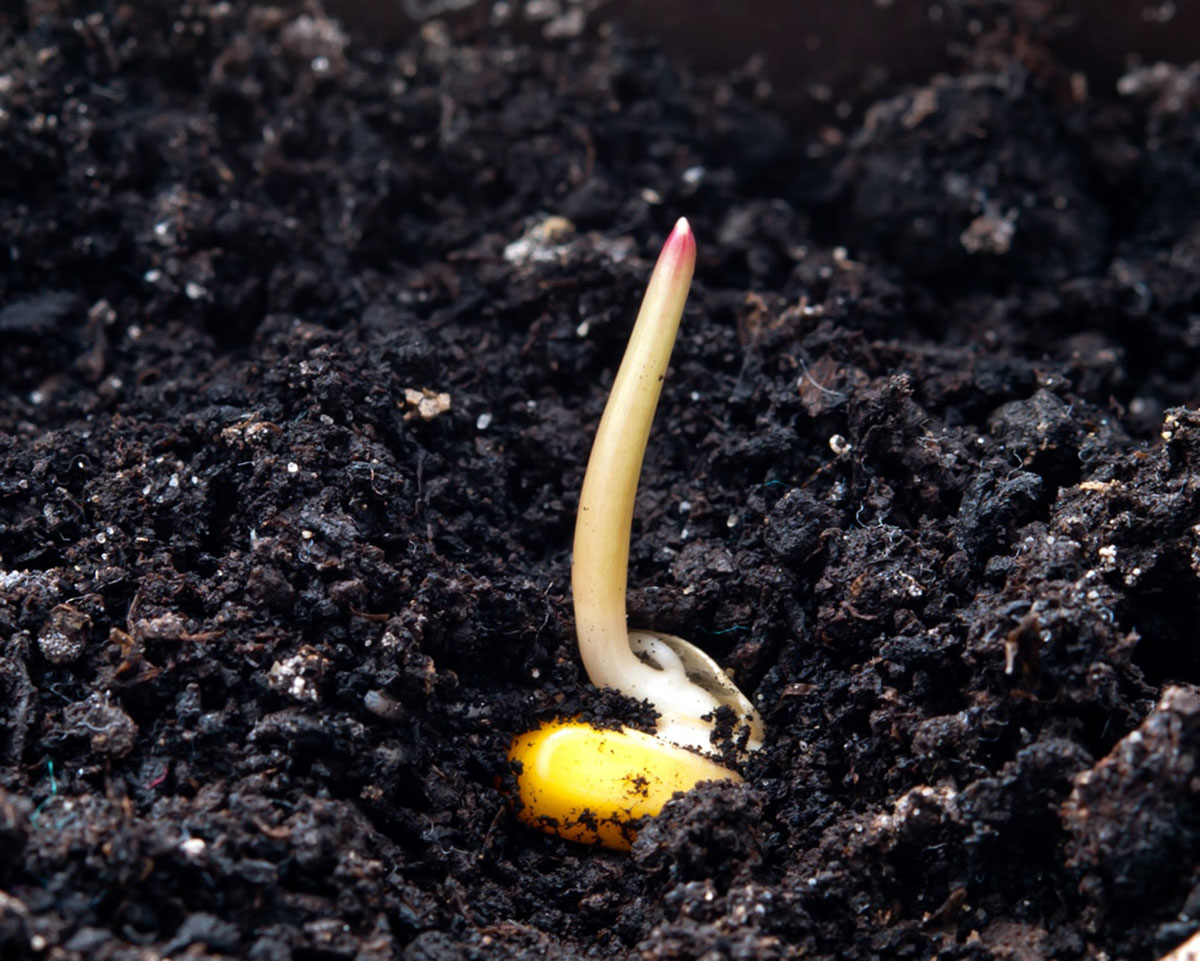
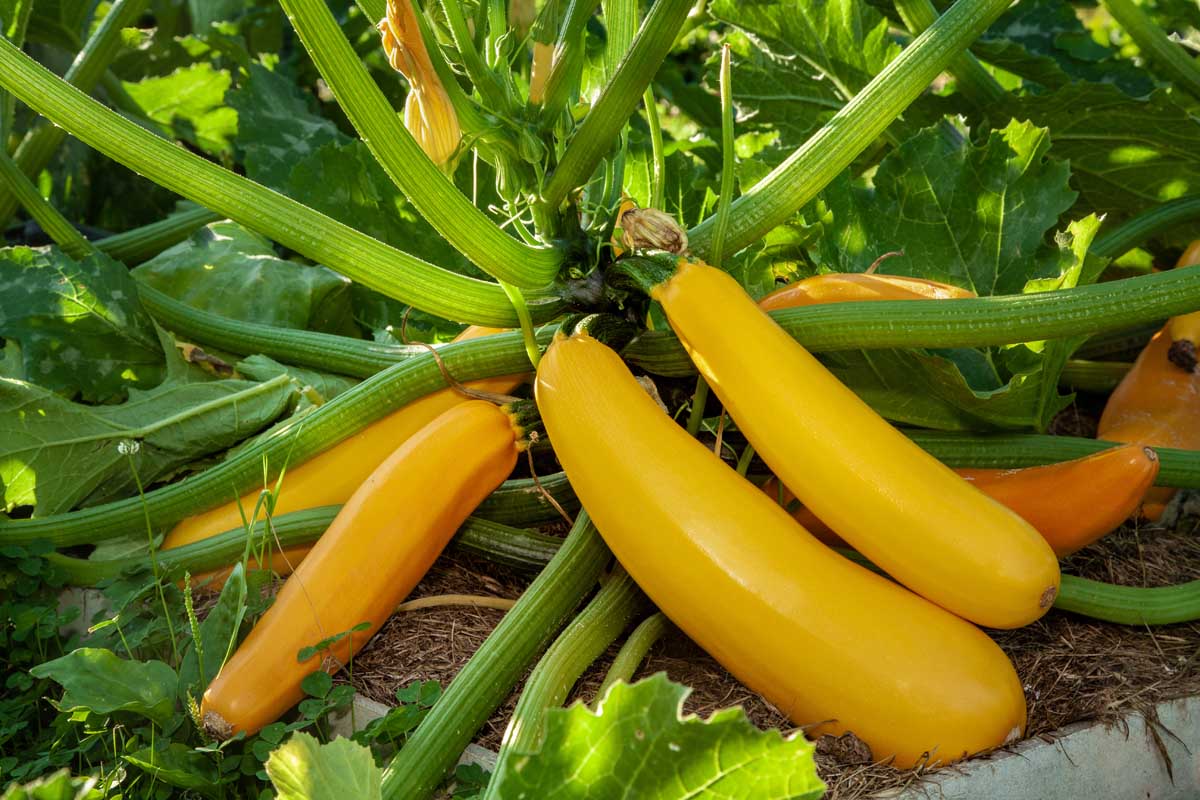







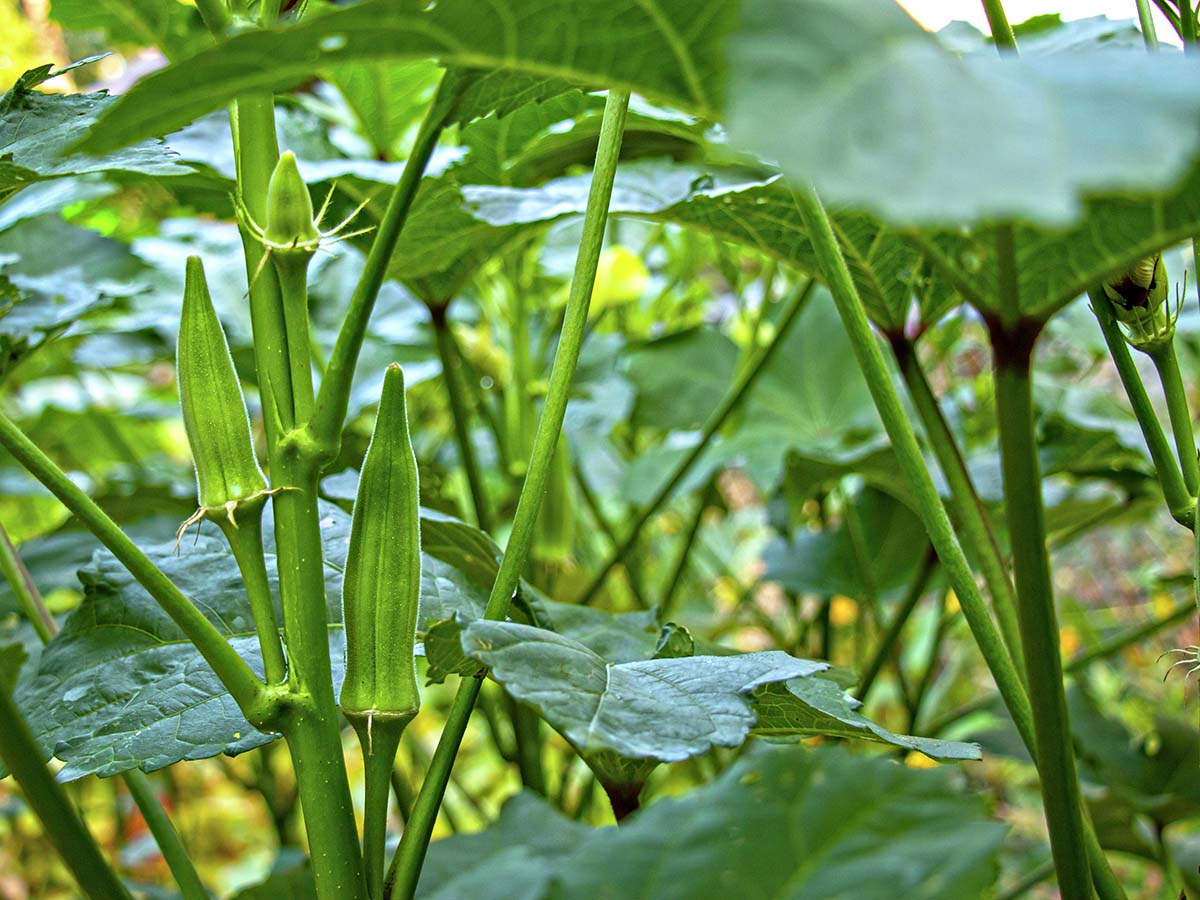
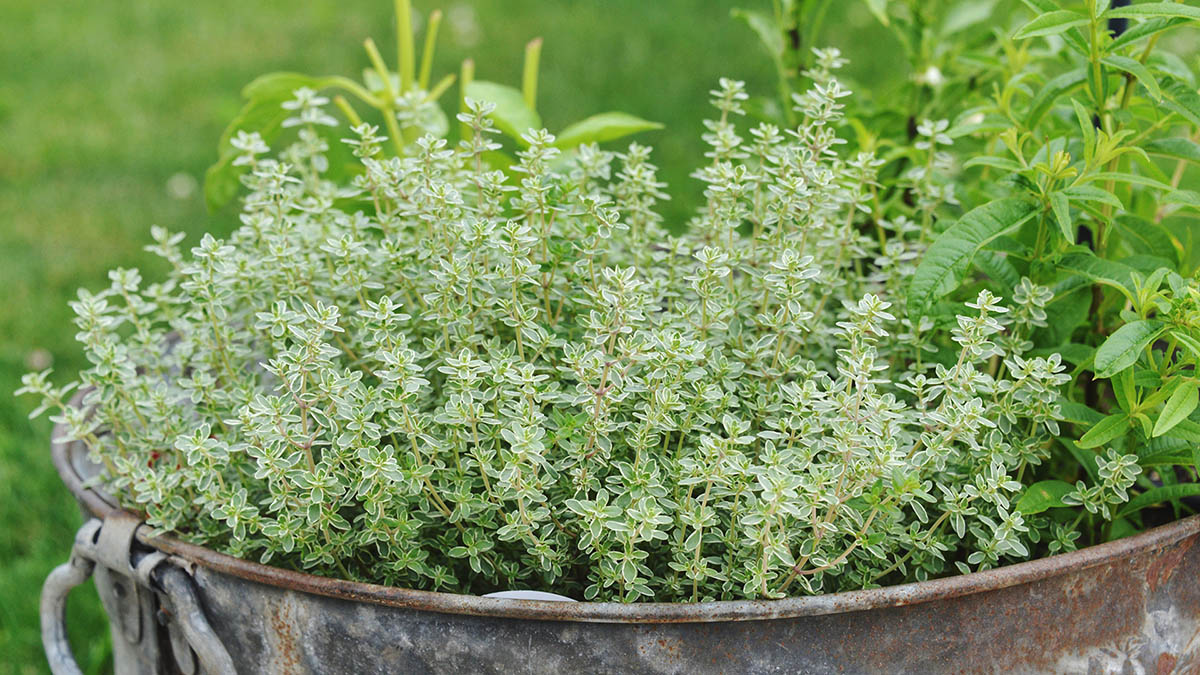
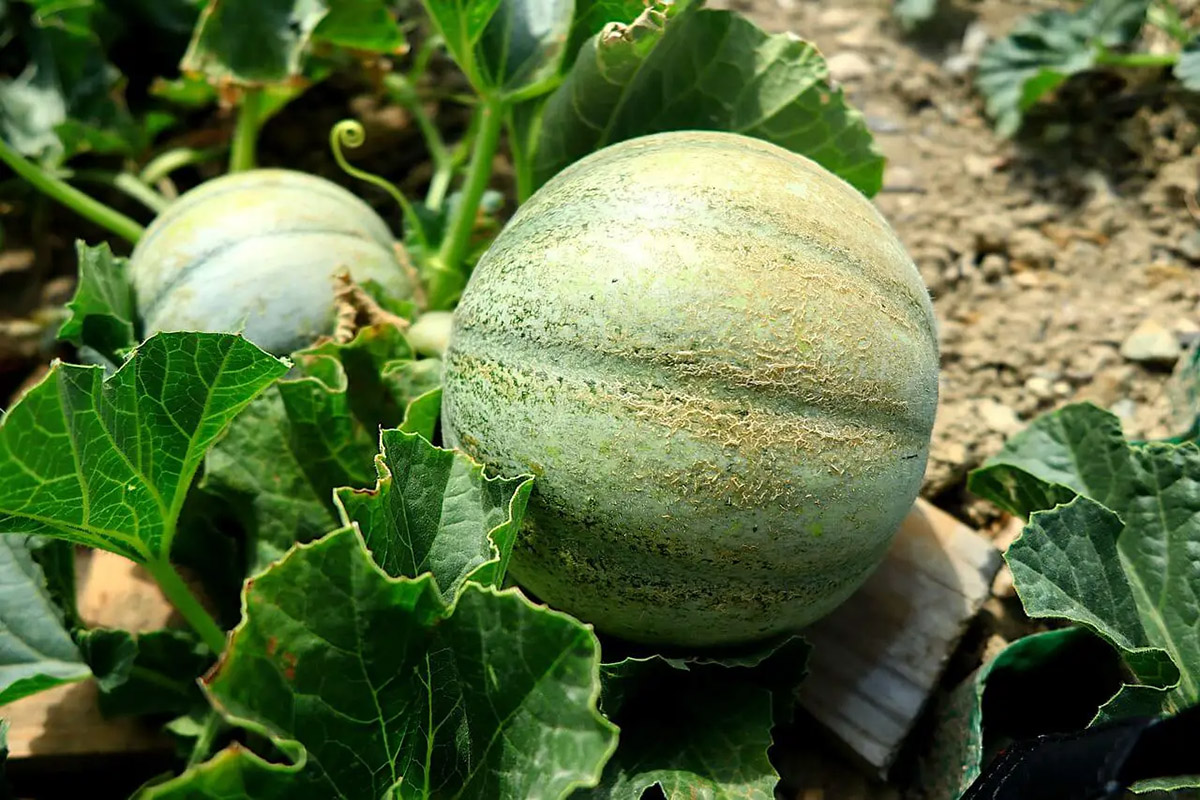
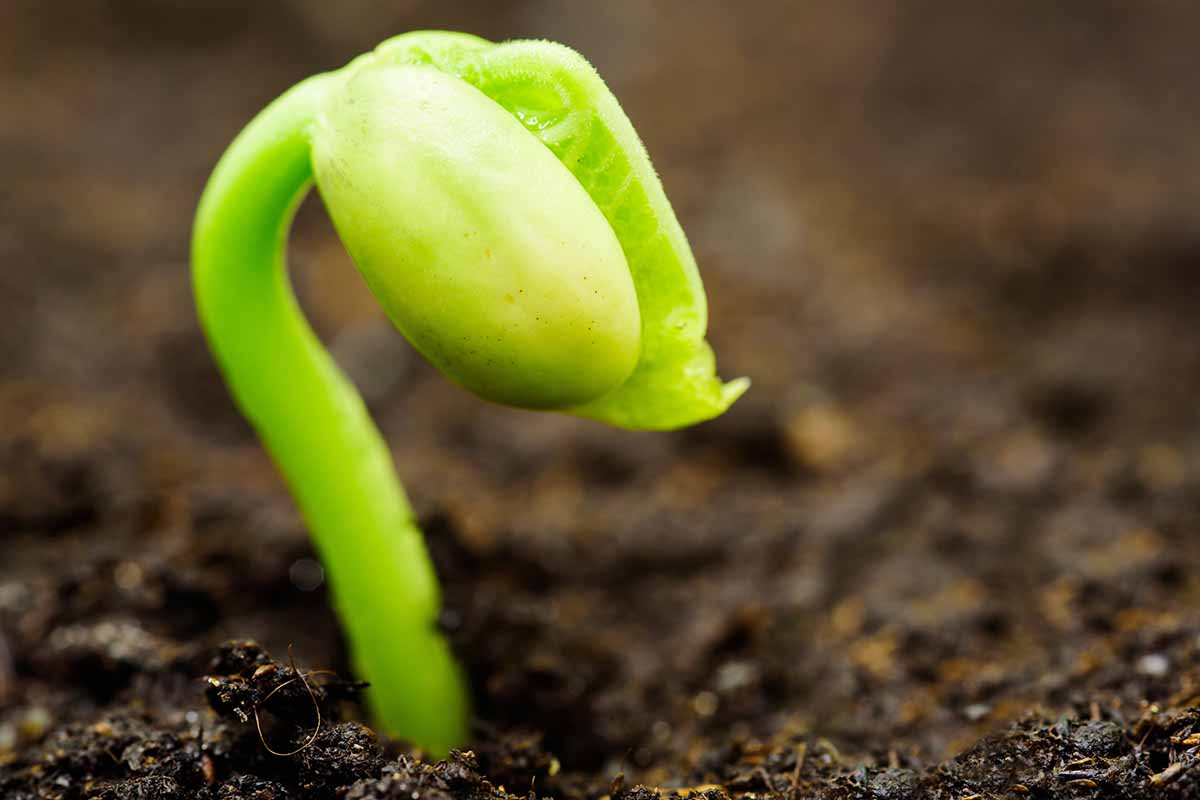
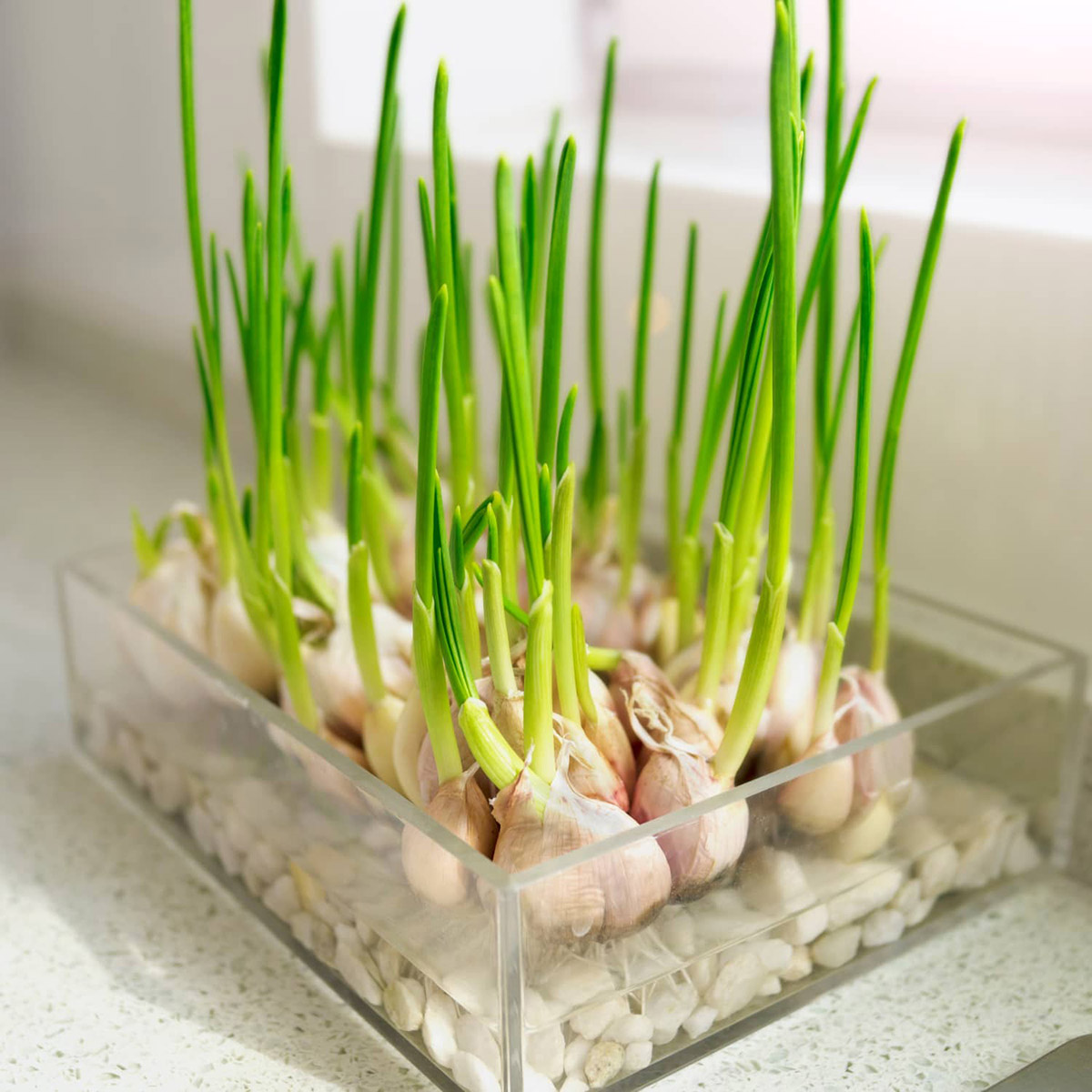

0 thoughts on “How Long Does English Lavender To Germinate”